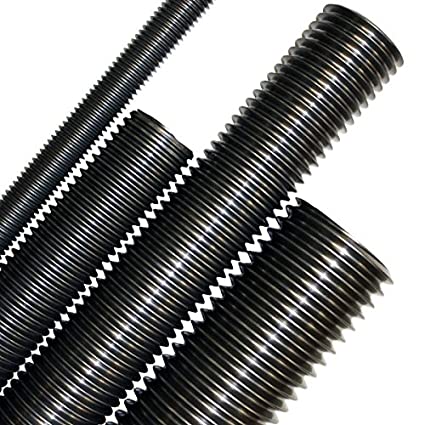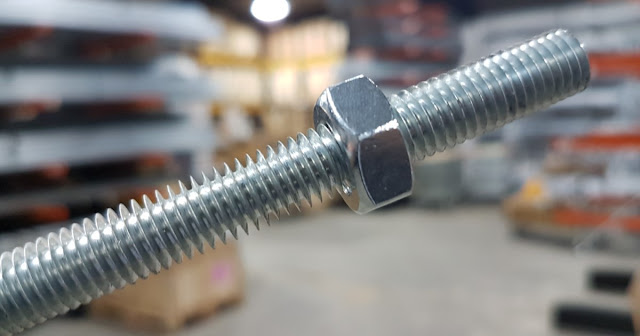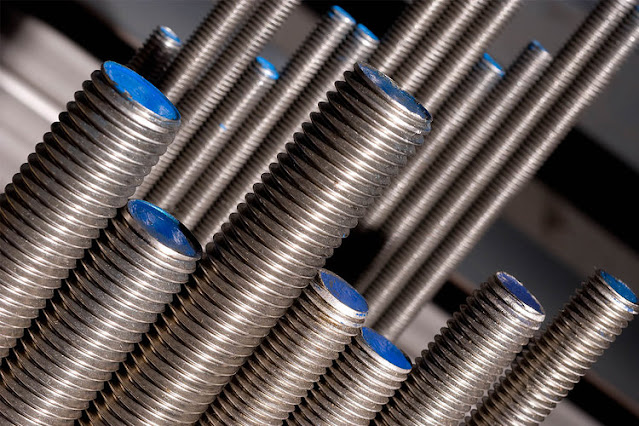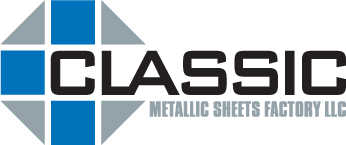What are Threaded Rods?
What is a Threaded Rod?
A threaded rod, is also known as a stud, is a comparatively
long rod that is threaded on both ends the thread can extend along the complete
length of the rod. They are created to be used in tension. Threaded rod in bar
stock form is generally called as all thread.
Fully threaded rods and fully threaded studs are the
fasteners with threads running their entire length for full engagement of nuts
or other the female threaded components. Threaded rods, are also known as all
thread rod (ATR) or thread full length rods (TFL), offer high grip strength
and evenly distributed tension when mounting and securing components. These
fasteners are appropriate for use in a variety of general purpose applications,
including electrical, plumbing, maintenance, and fabrication.
 |
| Threaded Rod |
Types
With respect to shape, stud bolt also known as studs are
categorized into three basic types: "fully threaded stud bolt",
"tap end stud bolt", and "double end stud bolt". Each of
these studs have different implementation. As the name indicates, fully
threaded studs have full body coverage with threads for full engagement of the mating’s
nuts or similar parts. Tap end studs have threads at the extreme ends of the
body with unequal thread engagement length, while the double end stud bolts
have equal thread length at both the ends.
Apart from these there are stud bolt for flanges which are fully threaded studs with the chamfered ends, and the double end studs with reduced shank for special bolting implementations. For the studs that are not completely threaded, there are two types of studs: full-bodied studs, and undercut studs. Full bodied studs have a shank which is equal to the major diameter of the thread. Undercut studs have a shank which is equal to the pitch diameter of the screw thread.
 |
| Thread Bar |
Undercut studs are created to better distribute axial stresses. In a full bodied stud the stresses are greater in the threads than as compared to the shank. Undercut studs or rolled thread are also stronger because the metal is "rolled" up to the major diameter, and not removed. This maintains the grain of the steel, and in some cases even improves it. Full bodied studs or cut thread are weaker because metal is removed to make the thread, disturbing the grain of the steel.
 |
| Thread Rod |
Strength
The approved tensile force for a non-undercut threaded rod is
defined by the American Institute of Steel Construction (AISC) as:
where d denotes the nominal diameter and Fu is the resulting tensile strength of the material. For undercut threaded rods the approved tensile stress is described as:
where ds denotes the diameter of the shank and Fy is the yield strength of the material.
Both the equations give units of force for the result, for example pounds force or newtons.
 |
| Threaded Rods |
Class
Metric threaded rods are marked on the end with a color code
to describe the ISO strength class. The color codes are:
·
Unmarked — 4.6
class (tensile strength = 400 N/mm2, yield strength 240 N/mm2)
·
Yellow — 8.8
class (800 N/mm2, 640 N/mm2)
·
Green — A2
stainless steel (304)
·
Red — A4
stainless steel (316)
·
White — 10.9
class (1000 N/mm2, 900 N/mm2)
If you want quality Industrial fasteners for your business, you can call us at +971-506349042, +971 6 575 1335.






Comments
Post a Comment